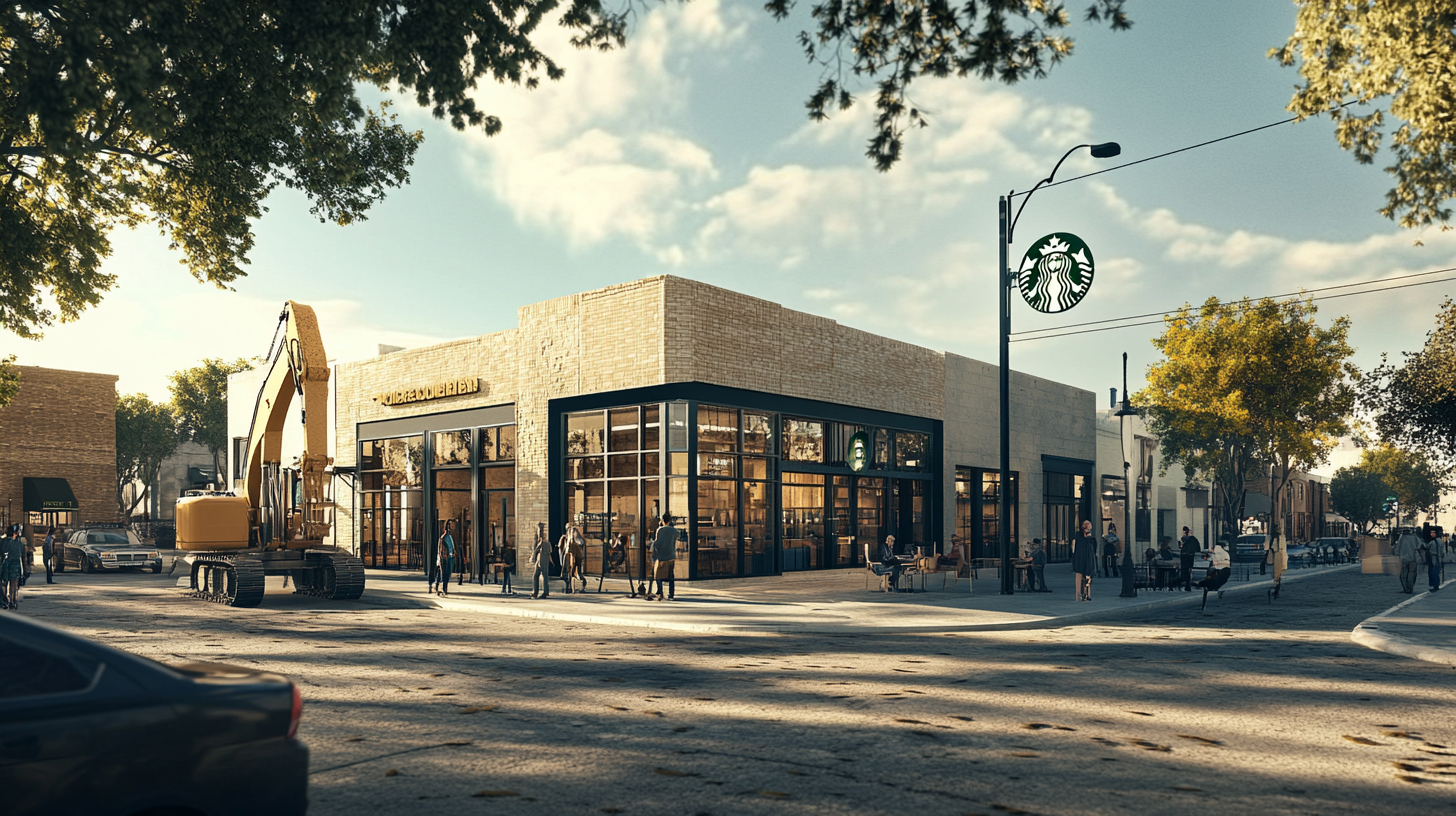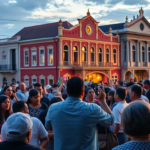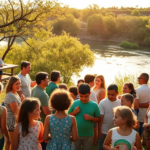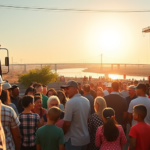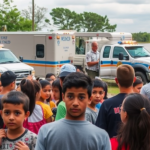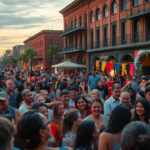Brownsville Embraces Innovation: 3D-Printed Starbucks Set to Open
Brownsville, Texas, is on the cusp of a technological milestone with the construction of a 3D-printed Starbucks — a first for the city and a significant development in utilizing advanced building technologies in the Rio Grande Valley (RGV). This 1,400-square-foot store, located on Boca Chica Blvd, focuses primarily on pick-up orders only, signaling a shift in how services are rendered in the region. As RGV news unfolds, this project underscores a blend of innovation and community interest while heralding future opportunities and conversations around sustainable building practices in South Texas.
A Leap Towards Advanced Construction
The ambitious Starbucks project stands out by employing 3D concrete printing technology, a construction method that promises speed, precision, and sustainability. This is the first time that Brownsville is witnessing a commercial building come to life through this revolutionary process. Unlike traditional building methods, 3D printing allows for reduced material waste and potentially lowers construction costs, offering an economically viable solution to modern-day infrastructure challenges.
Carlos Rodriguez, a local architect involved with the project, shared his enthusiasm, stating, “This is a pivotal moment for Brownsville and the RGV. Adopting such cutting-edge technology puts us on the map as a forward-thinking community eager to embrace sustainable and efficient construction techniques.”
Local Impact and Community Interest
For the Valley residents, the introduction of the 3D-printed Starbucks not only symbolizes modernization but also underscores the city’s resilience and adaptability. As Brownsville increasingly attracts tech-centric businesses and developments — with SpaceX already making its mark — the Starbucks project further complements this growing trend of innovation in the region.
Economic benefits are also a point of consideration. The construction of this Starbucks location has created local job opportunities, driving employment in both the construction phase and once the store becomes operational. This boosts local hiring, critical for a region striving for economic revitalization.
Sarah Hernandez, a city official, remarked, “This project exemplifies how technology can be leveraged to create jobs and stimulate local growth. Our goal is to continue fostering an environment where businesses can thrive and residents can benefit from these advancements.”
Contextualizing Within RGV’s Landscape
Brownsville’s ongoing engagement with innovative projects aligns with broader regional developments, including the vital role SpaceX plays in the area, thereby crafting RGV’s identity as a hub of technological progression. Moreover, the emphasis on pick-up orders for this Starbucks speaks to a growing trend of digital and touchless service preferences, a shift accelerated by the COVID-19 pandemic.
This development also resonates with RGV’s commitment to reducing economic disparities by ensuring community resources are accessible and beneficial to all. With other local initiatives bolstering community involvement — such as Hunger Action Month and Hispanic Heritage Month initiatives by ValleyCentral — the Starbucks project weaves into this narrative of local enrichment.
Looking Ahead: Future Implications for Brownsville
The 3D-printed Starbucks in Brownsville may serve as a precursor to more extensive applications of 3D printing technologies in construction — potentially addressing housing shortages and facilitating affordable housing solutions in areas like the Rio Grande Valley. This technology piques interest for other local sectors that might benefit from reduced material costs and increased building efficiency.
However, questions around the scalability and long-term sustainability of employing 3D printed structures remain. Balancing these innovative construction techniques with traditional building methods to ensure long-term durability and adaptation to local climates is vital.
Dr. Emily Chavez, a construction technology expert at the University of Texas Rio Grande Valley, suggests that this project paves the way for academic and professional collaboration. “It’s an excellent case study for innovation in construction. We can learn how to integrate these technologies into local practices while also addressing any limitations they may present,” she commented.
Community Engagement and Resources
For residents interested in understanding more about this groundbreaking project, informative sessions and demonstrations are planned, offering a closer look at 3D building technology and its benefits. Such outreach efforts are crucial for community engagement and support, ensuring residents are informed and their questions addressed.
In conclusion, the introduction of a 3D-printed Starbucks in Brownsville is more than a technological feat — it represents a pivotal moment for community advancement, economic opportunity, and sustainable growth in South Texas. As the RGV continues to navigate a future defined by technology and innovation, this project marks a significant step in aligning local development goals with global technological trends.

